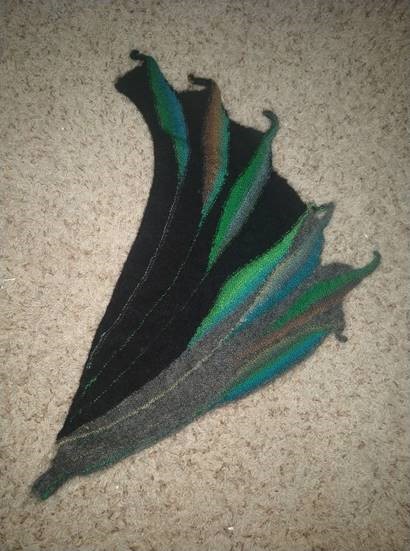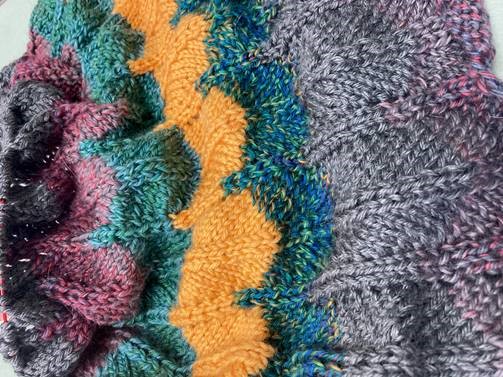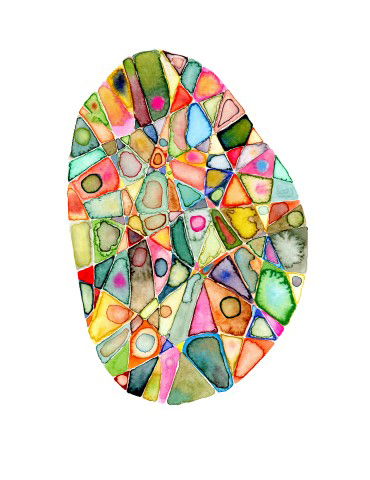By Patrick Evans
President & CEO, Sound
Published February 17, 2021
I cannot recall a time when “art” has been more vital and relevant than now. A Centers for Disease Control study, reported in the August 2020 edition of Morbidity and Mortality Weekly Report, unequivocally spells out the levels of devastation the pandemic has wrought on our collective mental health. With nearly 40 percent of reporting US adults suffering some form of adverse mental health struggles, we all need something to prop us up during these difficult times.
And that is why I believe that art — the creation of it, the stewardship of it, or in the joyful immersion of it – occupies a more exigent and urgent place in our lives.
We Need Art
There is ample research to back up my thoughts, too. According to a study by the World Health Organization, art can potentially impact both the prevention and treatment of mental health, emotional and physical health issues. An ongoing study conducted by researchers in University College London, called the Covid-19 Social Study, makes clear the impactful relationship we have with the arts during times of stress. The study reports that at least 30 minutes of arts activities a day increases satisfaction, and reduces stress and anxiety.
Covid-19 and the pandemic has dealt our community a double whammy: it has amplified feelings of fear, helplessness and stress, while obstructing access to many of the artistic outlets that help us cope. Although it is temporary, Covid-19 has deferred many of the artistic pursuits that make life rich– going to concerts, sitting in on poetry readings, watching movies, attending the ballet or opera, visiting our favorite museums. Naturally when these things are taken from us, the feelings of isolation and anxiety are only worsened. The cultural and creative institutions, the pursuits that enrich our lives, also hurt when we can’t support them, can’t engage, and can’t sustain them. We need art.
As President & CEO of Sound, a provider of community behavioral health services, I hear stories from team members about what art means to our clients and what it means to their own well-being; the limitless joy it brings, the sense of purpose and satisfaction derived from it, the voice it offers to articulate the deep rooted anxiety, fears and emotions we experience.

Knitting piece created by Sound clinician Lisa Coleman during staff meetings
One of our team members, Lindsey Goodman, a Supervisor and therapist at Sound, shares her experience which is representative. Lindsey tells us that members of her team participate in a knitting circle during team meetings as a way to facilitate brainstorming sessions to adapt to supporting our clients during the pandemic; they have created vibrant collaborative art to non-verbally reflect their respective strengths and contributions to the team; and some team members have endeavored to expand their baking skills to express their creativity and nourish teammates.
The Cleveland Clinic’s Arts & Medicine Institute has found that art, and the process of experiencing it, can offer reprieve from stress. According to the Institute, the non-verbal part of our brains hold post-traumatic stress, where it can stay unresolved if not explored, or expressed. Non-verbal pathways, such as those Lindsey mentions, provide that avenue and offer a way for individuals to understand and embrace their inner selves.
Sound’s Development Director Beth Anderson, who is also a licensed psychotherapist, offers us another example of how art and purpose combine. Throughout her life, Beth has used her art practice as a way to maintain balance and stay connected to self in the most challenging of times. She describes how for her, art is a meditation, a way to slow the breath and focus, letting all other distractions and thoughts fall away. She has also taught art to Sound clients and others at her Seattle studio, always incorporating her skills as a therapist.

Knitting piece created by Sound clinician Lindsey Goodman during staff meetings.
Art Needs Us
During this pandemic, I’ve discovered that art has truly needed us, too. And, in ways that perhaps don’t immediately come to mind. Yes, the pandemic has most certainly made philanthropic support of the arts more critical than ever; that will never change. But, the pandemic has also done something else quite extraordinary. It is awakening artists. It has mobilized professional artists and inspired them to create and share their visions, preserving the heroism and horrors of the pandemic, for future generations to behold.

“Together Apart,” by Elizabeth Anderson
Amateur artists alike, have taken up creative pursuits, whether for the first time or after long periods of dormancy. They have taken up baking, have relearned an instrument, have taken up short film making and abstract painting. They are writing and singing and drawing, sculpting and just “creating”, all in what seems to be increasing numbers.
For both the professional and the amateur artist, the isolation has inspired, propelled, and empowered them to embrace their creativity and their voice. The pandemic has made being an “artist” accessible and possible. Perhaps in spite of the isolation, the threat of anxiety, worry, and stress, countless numbers of artists have been transformed.
With more of us taking on creative pursuits during the pandemic, who is to say that the next great talent is not, in the privacy and solitude of isolation, finding, honing their own unique voice? Who is to say that the pandemic has not inspired that next voices of a generation emerging out of the ashes of the pandemic. Because of this, “art” is more relevant and vital than ever and I find great optimism in what lies ahead.
***

Patrick C. Evans is President & Chief Executive Officer of Sound. Evans brings more than 30 years’ experience to his role, emphasizing a dedication to serving the community’s most vulnerable populations through integrating compassionate care, innovative best practices, and sound business principles to deliver quality and effective whole health outcomes for clients.
Evans has impacted the industry and community at the highest levels. He is a member of the Board of Directors at the Washington Council for Behavioral Health, also serving on the organization’s Legislative, Education and Substance Use Disorder committees; is a member of the Board of Directors at ArtsFund; serves on the Board of Directors for ArtsWest; is a member of the Corporate Advisory Board for the Greater Seattle Business Association (GSBA) and serves on the Seattle Metropolitan Chamber of Commerce Board of Directors. Nationally, he has been actively involved for years with the National Council for Behavioral Health, the Mental Health Corporation of America and the American College of Healthcare Executives.
***
Header image: courtesy of Path with Art, portraits from Advanced Painting.
